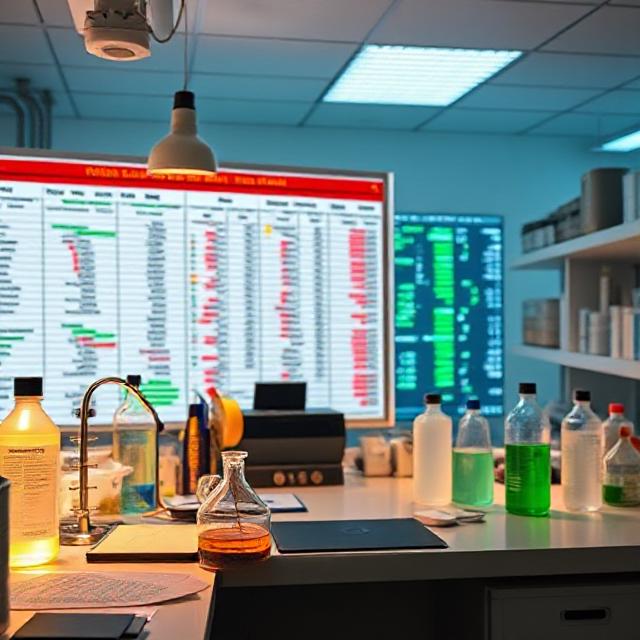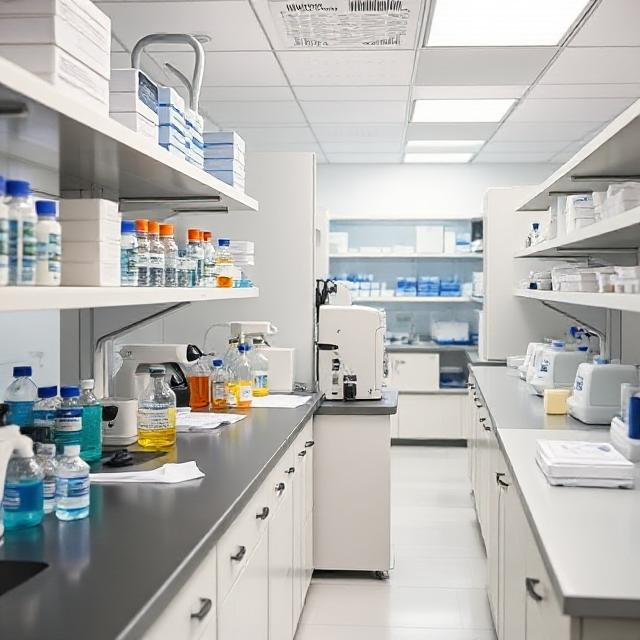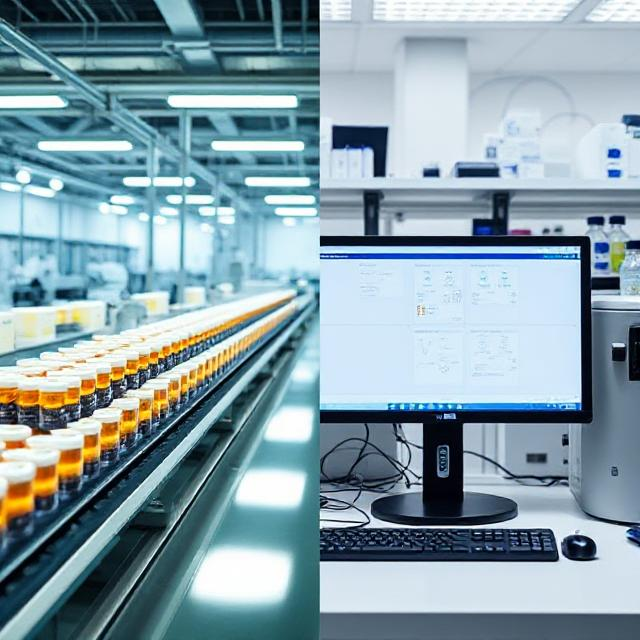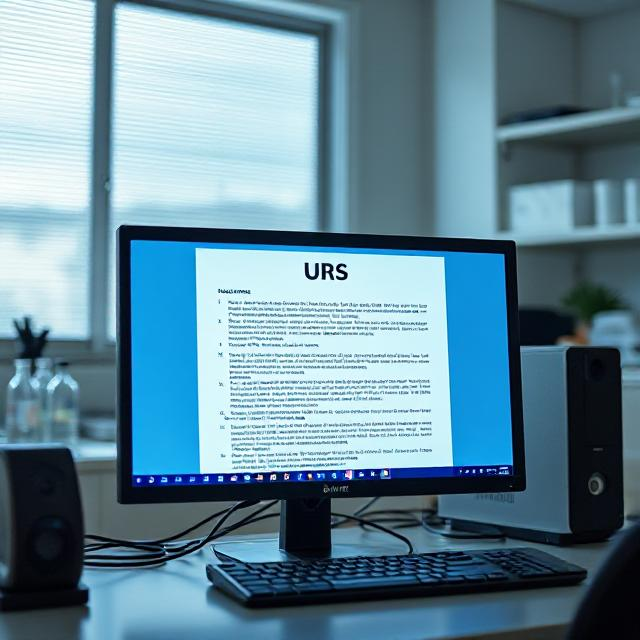In Good Manufacturing Practices (GMP) environment, ensuring that systems and equipment meet regulatory standards is critical. Two pivotal documents that play significant roles in this process are the Design Specification (DS) and the User Requirements Specification (URS). While both are essential, they serve distinct purposes and are developed at different stages of a project.
What is a Design Specification (DS)?
A Design Specification outlines the technical aspects of a system or piece of equipment, detailing how it will be designed, developed, and installed to meet specific requirements.
Main Points of DS:
- Technical Details: It provides a comprehensive description of the system’s design, including hardware, software, components, connections and materials.
- Design Rationale: Explains why certain technical choices were made during the design phase (example : In-house back-up solution or supplier solution, wifi vs lan, etc…).
- Validation Criteria: Specifies how the system will be validated to ensure it meets predefined standards.
- Regulatory Compliance: Ensures that the design aligns with GMP guidelines and other regulatory requirements.
- Risk Assessment: Identifies potential risks in the design and outlines mitigation strategies.
Purpose of DS:
The DS is primarily used by engineers and technical teams during the design and development phase. It acts as a blueprint for installing and deploying the system or equipment, ensuring that all technical aspects are clearly defined and adhered to.
The DS will sometimes act as the technical reference document during the lifetime of the equipment for the technical teams, the document will be updated as needed, due to a deviation/incident during the validation process or a change.
What is a User Requirements Specification (URS)?
A User Requirements Specification focuses on the functional requirements of a system or piece of equipment from the perspective of the end-user. It outlines what the system needs to do, rather than how it should be built or installed in the facility.
Main Points of URS:
- Functional Requirements: Describes the intended functions and capabilities of the system.
- User Requirements: Identifies the specific needs of the end-users in a GMP environment.
- Performance Metrics: Specifies performance standards that the system must meet.
- Training Considerations: Outlines training requirements for users to operate the system effectively.
- Regulatory Compliance: Ensures that the system meets all regulatory and GMP requirements.
Purpose of URS:
The URS is primarily developed by process owners, operators, and quality assurance teams. It serves as a guide for ensuring that the system will meet the operational needs of the facility while adhering to GMP standards.
Key Differences Between DS and URS
| Aspect | Design Specification (DS) | User Requirements Specification (URS) |
| Focus | Technical design and installation details | Functional & compliance requirements and user needs |
| Developer | Engineers, technical and CSV teams | Process owners, operators, and quality assurance teams |
| Developer Timing | Typically developed after URS is finalized | Developed early in the project lifecycle |
| Audience | Technical teams during design and installation, CSV teams | End-users and operational staff, CSV teams |
Which Document is More Important?
Both documents are critical, but their importance depends on the stage of the project, the complexity and criticality of the systems:
- URS: This document is foundational because it defines what the system should achieve in terms of
functionality. Without clear user requirements, even the most technically advanced design may fail to meet operational needs. - DS: While the DS is less about “what” and more about “how,” it ensures that the system is built and installed correctly and meets all regulatory standards. A well-defined DS is essential for successful validation and compliance.
In essence, both documents are equally important but serve different purposes. The URS sets the stage by defining user needs, while the DS translates these needs into a technical design.
Collaboration Between DS and URS
The relationship between the DS and URS is iterative:
- Start with URS: The URS is developed first to capture user requirements.
- Develop DS: Engineers use the URS to create the DS, ensuring that the design meets all specified functional needs.
- Review and Validate: Both documents are reviewed and updated during validation to ensure alignment.
This collaboration ensures that the final system not only meets technical standards but also fulfills operational requirements in a GMP environment.
Conclusion
In summary:
- The User Requirements Specification (URS) is critical for ensuring that the system meets user needs and operational requirements.
- The Design Specification (DS) is essential for translating these requirements into a technically sound
design. - Both documents are equally important but serve different purposes in the project lifecycle.




